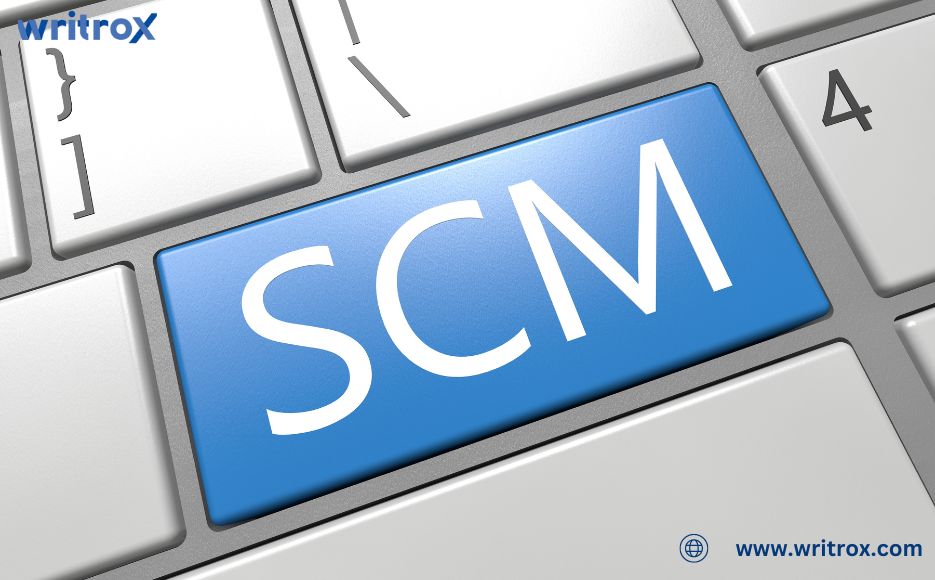What is SOP? Introduction and details about SOP
A Statement of Purpose (SOP) is a vital document that outlines an individual’s personal and academic background, achievements, goals, and motivations for pursuing a specific course of study or applying to a particular institution. It is a standard requirement for admission to educational programs, including undergraduate or graduate degrees, as well as for scholarship or fellowship applications. The purpose of an SOP is to provide applicants with an opportunity to showcase their unique qualities, experiences, and reasons why they are well-suited for the program or institution they are applying to. It goes beyond academic transcripts and test scores, offering insights into their aspirations, passion for the subject, and potential contributions to their field or community. In an SOP, applicants typically describe their educational background, emphasizing relevant coursework, research projects, internships, or other academic experiences that have influenced their interest in the chosen field of study. They may also discuss extracurricular activities, leadership roles, or community involvement that demonstrate their skills, values, and dedication. Moreover, applicants should articulate their short-term and long-term goals, explaining how the desired program or institution aligns with their aspirations. They can discuss specific professors, research opportunities, or unique program features that attract them. It is important to highlight how their previous experiences and qualifications make them a strong fit for the program and how they plan to contribute to the academic community or society as a whole. An effective SOP is concise, well-structured, and reflects the applicant’s authentic voice and personality. It should showcase clarity of thought, strong communication skills, and a coherent narrative that connects the applicant’s past experiences with their future goals. Overall, the SOP plays a critical role in the application process, allowing applicants to present themselves comprehensively and convince the admissions committee or scholarship panel of their potential as a student or scholar. It offers a platform to highlight one’s unique qualities, passion for the subject, and commitment to personal and professional growth. If you’re uncertain about how to create an SOP, there are multiple resources available, including format guidelines and samples. Alternatively, you can seek assistance from a professional SOP writing service provider who can help you create an outstanding SOP for your admission purposes. Let Us Discuss Types of SOP – Details and Information There are several types of statement of purpose (SOP) that are commonly used for different purposes. Here are some of the most common types of SOPs: Overall, the type of SOP used will depend on the specific purpose and audience of the document. However, all SOPs should be well-written, concise, and tailored to the specific requirements of the application or program. Is SOP important in your career? Know why The Statement of Purpose (SOP) is of paramount importance in the application process as it allows applicants to present themselves holistically and distinguish themselves from other candidates. It serves as a personalized introduction, enabling applicants to showcase their unique qualities, experiences, and motivations. Through the SOP, applicants can convey their passion for the chosen field of study, articulate their goals and aspirations, and demonstrate their fit with the program or institution. It provides a platform to highlight academic achievements, research projects, work experiences, and personal strengths, giving a comprehensive picture of the applicant’s capabilities. Building a strong Statement of Purpose (SOP) is crucial for several reasons: 1. Differentiation: A well-crafted SOP helps you stand out from other applicants by showcasing your unique qualities, experiences, and motivations. It allows you to present a compelling case for why you are the ideal candidate for the program or scholarship. 2. Personal Narrative: An SOP provides an opportunity to tell your personal story and convey your passion for the chosen field of study. It allows you to connect your past experiences, academic background, and future goals into a coherent narrative that demonstrates your commitment and dedication. 3. Demonstration of Fit: Through an SOP, you can demonstrate your understanding of the program or institution you are applying to. By discussing specific courses, professors, research opportunities, or resources, you can show that you have done your research and are genuinely interested in the program’s offerings. 4. Showcasing Skills and Accomplishments: An SOP allows you to highlight relevant skills, academic achievements, research projects, internships, or other experiences that make you a strong candidate. It provides a platform to showcase your abilities and demonstrate how they align with the program’s requirements. 5. Long-Term Goals and Aspirations: The SOP provides an opportunity to articulate your short-term and long-term goals and explain how the program or scholarship will help you achieve them. It allows you to demonstrate your vision and commitment to personal and professional growth. 6. Evaluation Criterion: Admissions committees or scholarship panels often consider the SOP as an important evaluation criterion. A well-written and compelling SOP can positively influence their decision-making process, increasing your chances of being accepted or awarded a scholarship. 7. Self-Reflection: The process of building an SOP requires self-reflection and introspection. It prompts you to assess your motivations, strengths, weaknesses, and future aspirations, helping you gain clarity about your academic and career goals. Overall, a strong SOP is an essential tool for presenting yourself as a well-rounded candidate and convincing the admissions committee or scholarship panel of your potential. It allows you to showcase your unique qualities, demonstrate your fit with the program, and communicate your passion and commitment to your chosen field of study. Common mistakes to avoid while creating an SOP Creating a statement of purpose (SOP) can be a challenging task, and there are several common mistakes that applicants should avoid. Here are some of the most common mistakes to avoid while creating an SOP: Overall, creating a strong SOP requires careful planning, attention to detail, and a focus on the applicant’s strengths and achievements. By avoiding these common mistakes, applicants can increase their chances of success in the application process. What is the ideal format for writing an SOP? When it comes to writing an SOP (Statement of Purpose), there isn’t a rigidly defined format that applies












